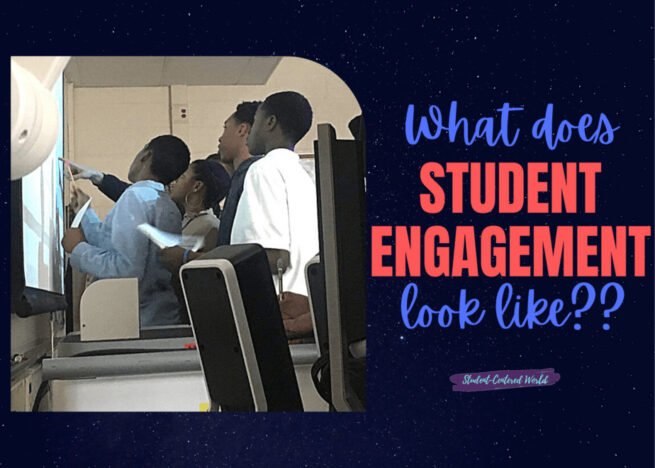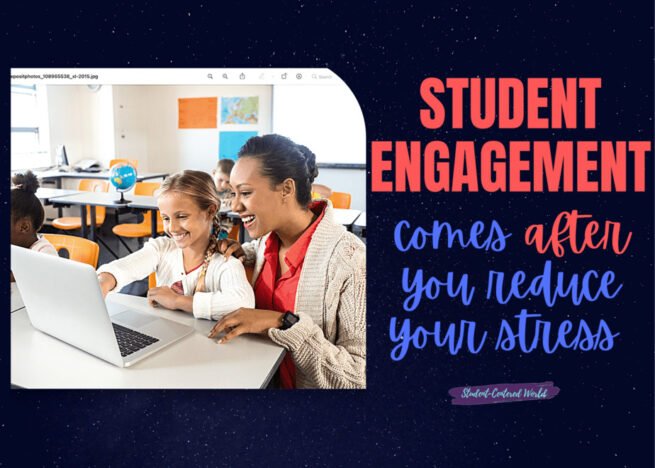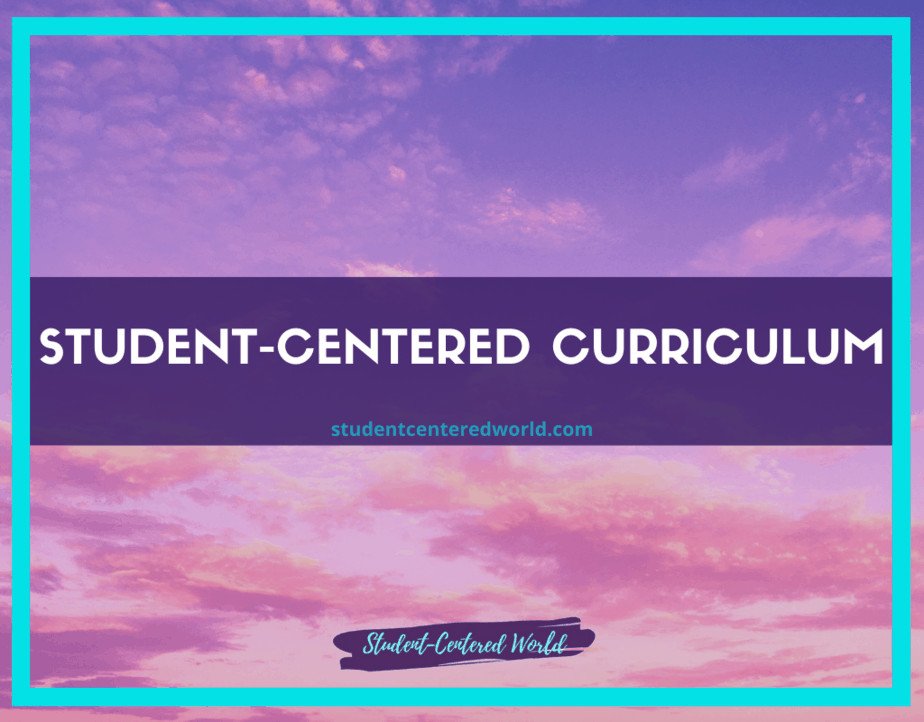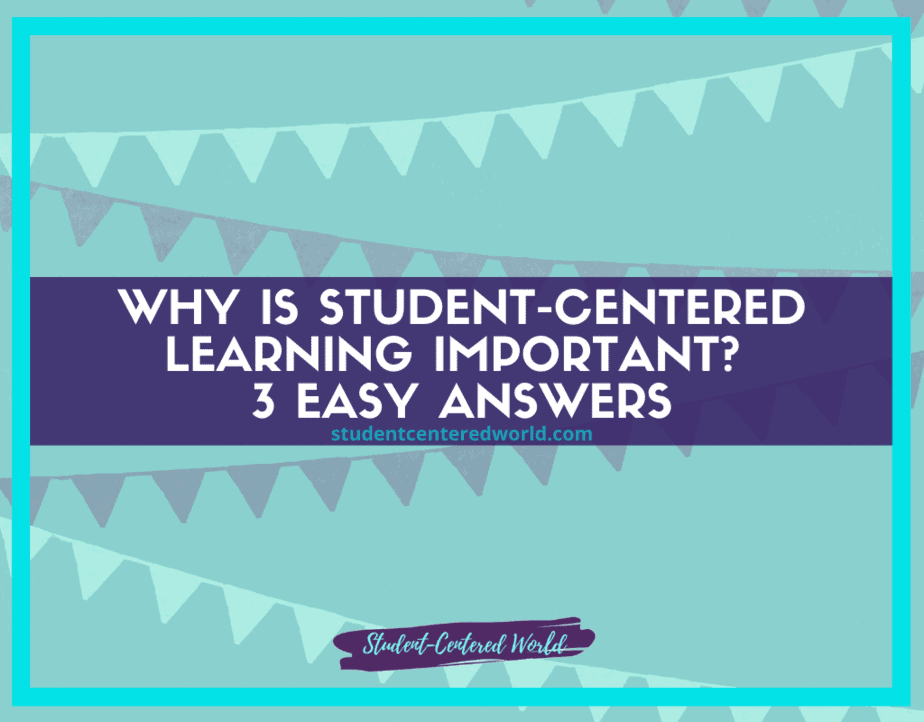What Does Student Engagement Look Like in the Classroom?
As educators, one of the biggest challenges we face is engaging students effectively in the classroom. The question “What does student engagement look like?” often arises, and the answer can be complex, as it varies across school districts, grade levels, and even individual classrooms. Let’s explore the different ways to understand and foster student engagement, focusing on behavioral, emotional, and cognitive engagement as key areas of focus for promoting student success.
What Does Student Engagement Look Like in the Learning Process?
Student engagement can be categorized into three main types: behavioral, emotional, and cognitive engagement. Each type plays a crucial role in the learning process and contributes to academic success. Effective curriculum development, particularly for middle and high school students, should consider these engagement types. Strategies from educational leaders like Doug Fisher and Nancy Frey, professors at San Diego State University, emphasize designing real-life, meaningful learning experiences.
Engaged students display high academic engagement, motivation, and cognitive effort, often seen during class time, group projects, and answer sessions. Small groups and active learning foster higher engagement levels while understanding students’ mental states and providing personal freedom enhances their sense of belonging. Positive relationships and a supportive classroom environment are crucial. Recognizing the developmental needs of students and building a culture of engagement leads to better academic outcomes and a more positive school experience.

Behavioral Engagement
Behavioral engagement refers to the observable indicators of student participation and involvement in classroom activities. Engaged students demonstrate on-task behavior, follow classroom rules, and actively participate in discussions and activities. This type of engagement is essential for maintaining a positive classroom environment and ensuring that students are actively involved in their learning.
The best ways to foster behavioral engagement, particularly in middle school and high schools, include designing projects that connect to real-life applications, which enhance student motivation and lead to active engagement. An engaged student not only aims for correct answers but also displays a high level of engagement during group projects and in-person learning sessions.
Teachers can support this by offering office hours and paying close attention to the mental state students are in, providing opportunities that cater to their developmental needs.
This approach is endorsed by the National Association of Independent Schools and can transform public school experiences, leading to higher degrees of attention and better academic outcomes. Recognizing the continuum of engagement and the importance of hard work, great teachers can create learning experiences that not only meet but exceed the developmental needs of students, ensuring they are active participants in their learning journey from the beginning of the year to the next steps in their education.
Emotional Engagement
Emotional engagement involves students’ feelings of interest, enjoyment, and a sense of belonging within the classroom. When students feel emotionally connected to their teachers and peers, they are more likely to be motivated and committed to their academic success. Building positive relationships and creating a supportive classroom environment are crucial for fostering emotional engagement.
Additionally, incorporating activities that resonate with students’ personal interests and experiences can significantly enhance their emotional involvement. By acknowledging and celebrating individual and cultural differences, teachers can create a more inclusive and emotionally enriching learning atmosphere that encourages all students to participate actively and feel valued.
Cognitive Engagement
Cognitive engagement focuses on the mental effort and investment students put into their learning. This type of engagement is characterized by students’ intrinsic motivation to understand the subject matter deeply, their willingness to tackle challenging tasks, and their ability to apply critical thinking skills. Cognitive engagement is vital for promoting higher-order thinking and long-term academic achievement.
Teachers can enhance cognitive engagement by designing lessons that are both challenging and relevant, encouraging inquiry-based learning, and providing opportunities for students to explore topics in depth. Additionally, incorporating real-world applications and problem-solving scenarios can help students see the value in their learning, further motivating them to engage thoughtfully and persistently with the material.
Strategies for Engaging Students
To achieve meaningful engagement, educators must implement various strategies that address the different areas of engagement. Here are some best practices for engaging students at different grade levels and fostering a culture of engagement in the classroom.
At the elementary level, engagement can be fostered through interactive and hands-on activities that make learning fun and tangible. Incorporating games, art projects, and group work can help young students connect with the material and each other. Storytelling and role-playing activities allow students to explore new concepts in a creative and memorable way. Additionally, providing positive reinforcement and celebrating small achievements can boost students’ confidence and enthusiasm for learning.
For middle and high school students, engagement strategies should evolve to meet their developmental needs. Incorporating technology and multimedia resources can make learning more dynamic and relevant to their everyday lives. Encouraging student-led discussions and collaborative projects helps build critical thinking and communication skills.

Offering choices in assignments and allowing students to explore topics of personal interest can increase their intrinsic motivation.
Moreover, integrating real-world connections and applications into lessons can help students understand the practical importance of their education, further enhancing their engagement and investment in their academic journey.
Active Learning and Group Activities
Active learning strategies, such as group activities, discussions, and hands-on projects, encourage students to become active participants in their learning process. Designing projects that connect to real-life applications and students’ interests can enhance intrinsic motivation and cognitive engagement. Group projects also promote collaboration and communication skills, which are essential for student success.
Additionally, incorporating formative assessments and feedback throughout these activities can help students identify their strengths and areas for improvement in real time. This ongoing feedback loop not only supports academic growth but also encourages a growth mindset, where students view challenges as opportunities for development rather than obstacles. By actively involving students in their own learning journey, teachers can create a more dynamic, responsive, and engaging educational environment.
Setting Clear Expectations and Providing Choices
Setting clear expectations for behavior and academic performance helps students understand what is required of them. Providing choices in learning activities allows students to take ownership of their learning and fosters a sense of autonomy. For example, offering different ways to complete an assignment or participate in class activities can cater to diverse learning styles and preferences.

Establishing a structured yet flexible learning environment where students feel safe to express their ideas and take risks can further enhance their engagement. By incorporating student input into classroom rules and activities, teachers can create a more inclusive atmosphere where students feel respected and valued. This collaborative approach not only empowers students but also promotes a positive classroom culture where everyone is invested in the collective success.
Addressing Students’ Emotional and Behavioral Needs
Understanding and addressing the underlying causes of students’ behaviors is crucial for fostering emotional and behavioral engagement. When a student acts out, it is important to address their feelings and needs rather than simply imposing consequences. Establishing trust through safety and understanding can create a supportive environment where students feel valued and motivated to engage.
Implementing restorative practices can be effective in resolving conflicts and repairing relationships within the classroom. These practices focus on open communication and collaborative problem-solving, allowing students to reflect on their actions and understand their impact on others. By prioritizing empathy and accountability, teachers can help students develop emotional intelligence and a stronger sense of community, leading to more positive and constructive behavior.
The Role of School Leaders and Teachers
School leaders and teachers play a pivotal role in fostering a culture of engagement within their schools. Providing professional development opportunities for teachers to learn and implement best practices for student engagement is essential. Collaboration among educators to share successful strategies and experiences can also contribute to a more engaging classroom environment.
Moreover, school leaders should prioritize creating a supportive and inclusive school climate where every student feels a sense of belonging. This can be achieved by promoting equity and diversity initiatives, encouraging student voice through councils or feedback mechanisms, and recognizing and celebrating student achievements. By fostering a collaborative and inclusive atmosphere, school leaders can ensure that engagement is not only a classroom priority but a school-wide commitment.
Implementing and Understanding the Importance of Student Engagement
Having a structured approach, such as a student engagement formula, can help teachers consistently create an engaging classroom environment. This formula involves setting clear goals, designing meaningful activities, and continuously assessing and adjusting strategies based on students’ feedback and needs. By implementing a consistent approach, teachers can ensure that students remain engaged throughout the learning process.
Understanding the importance of student engagement is crucial for promoting academic success and overall student achievement. Engaged students are more likely to develop the necessary skills for their future, such as critical thinking, problem-solving, and collaboration. They are better prepared for higher education institutions and the workforce, where these skills are highly valued.
The benefits of student engagement extend beyond academic achievement. Engaged students develop a growth mindset and a love for learning that can have a lasting impact on their personal and professional lives. Fostering a culture of engagement also contributes to a positive general school experience and enhances students’ sense of belonging. By prioritizing engagement, educators not only support academic success but also help students build the resilience and enthusiasm needed to thrive in all areas of life.
Reducing Stress and Promoting Well-Being
Teachers’ mental state and well-being significantly impact their ability to engage students. Reducing stress and addressing burnout is essential for maintaining a positive and effective teaching approach. Simplifying lesson planning, minimizing administrative tasks, and focusing on meaningful engagement strategies can alleviate stress and create a more positive classroom environment.

Fostering a supportive community among educators can play a vital role in maintaining teacher well-being. Regular peer collaboration, sharing of best practices, and providing opportunities for professional development and self-care can help teachers feel more connected and rejuvenated. By prioritizing their own well-being, teachers can bring more energy, creativity, and empathy into their classrooms, ultimately enhancing student engagement and learning outcomes.
Practical Steps for Enhancing Student Engagement
To effectively answer “What does student engagement look like?” and enhance student engagement in the classroom, consider the following practical steps:
- Reflect on Current Practices: Identify what is not working and think about how to improve it. For example, if students are only following along to avoid being called out, consider how to make lessons more engaging and interactive.
- Learn from Successful Teachers: Observe and learn from teachers who have successfully created engaging classrooms. Implement strategies that have proven effective, such as active learning, group activities, and clear expectations.
- Eliminate Stressful Elements: Reduce or eliminate tasks that cause unnecessary stress. Focus on creating a supportive and engaging classroom environment that prioritizes students’ learning and well-being.
- Utilize Technology and Online Resources: Leverage technology to support student engagement. Virtual discussions, interactive digital tools, and online collaborative projects can provide diverse and flexible learning contexts that cater to students’ varying preferences and schedules.
Addressing Common Challenges in Student Engagement
Student engagement is a multifaceted concept that involves behavioral, emotional, and cognitive aspects. By understanding and addressing these areas, teachers can create an engaging classroom environment that supports students’ academic and personal growth. The key is to focus on what works for both the teacher and the students, ensuring that engagement strategies are practical, effective, and sustainable.
With dedication and the right approach, teachers can transform their classrooms into vibrant spaces where students are motivated, curious, and actively involved in their learning journey.
Incorporating best practices and fostering a culture of engagement can significantly impact students’ motivation, academic achievement, and overall school experience. By prioritizing student engagement, educators can ensure that their students are well-prepared for future success and equipped with the skills necessary for lifelong learning.
However, one of the common challenges in student engagement is dealing with disengaged students. It is important to recognize that engagement looks different for each student, and strategies should be tailored to individual needs. For example, getting a disengaged student to complete tasks may be an achievement, while for others, deeper cognitive engagement may be the goal.
💫💫 But there’s hope! 💫💫
If you’re ready to take the first step towards reviving student engagement and transforming your classroom, I invite you to join me for my free workshop “Reversing Student Apathy” designed to equip educators with innovative strategies that work.
This interactive workshop will provide an invaluable opportunity for educators to explore the complex factors contributing to student apathy. By examining underlying causes and discussing broad strategies, participants will be equipped to make meaningful changes in their teaching methods. The sessions are designed to be engaging and collaborative, allowing educators to share experiences and develop a collective approach to overcoming challenges in student engagement.
The workshop will also emphasize the importance of community and network building among educators. Participants will be encouraged to connect with one another, sharing insights and strategies that have been effective in their own classrooms. This network will serve as a continued resource, offering ongoing support as educators implement new tactics to inspire their students.
Highlights of the workshop include:
- A deep dive into the roots of student apathy and its impact on learning.
- General strategies for enhancing classroom dynamics to better engage students.
- The role of educator-student relationships in fostering a more inviting and interactive learning environment.
- Broad discussions on integrating innovative approaches to teaching that resonate with today’s students.
Each educator attending the workshop will gain access to a variety of general resources aimed at enriching the educational experience. Furthermore, an online community will be available for post-workshop engagement, allowing for sustained collaboration and support among peers.
This workshop is an excellent fit for teachers, administrators, and educational professionals who are passionate about reversing the trends of student disengagement and nurturing a more dynamic and responsive educational atmosphere. It presents a unique chance to join forces with like-minded professionals determined to make a significant impact on the academic and personal lives of their students.
As we strive to address these pressing challenges, the workshop offers a platform to unite and empower educators from diverse backgrounds. Registration is essential as spaces are limited, ensuring a focused and productive environment for all participants.
Don’t miss this chance to be part of a pivotal movement in education. Please register today and be part of the solution, helping to reignite enthusiasm and engagement among students and setting them on a path toward a more successful and fulfilling academic experience. Join us as we take proactive steps toward a brighter educational future.
This article was originally published on May 22, 2021






